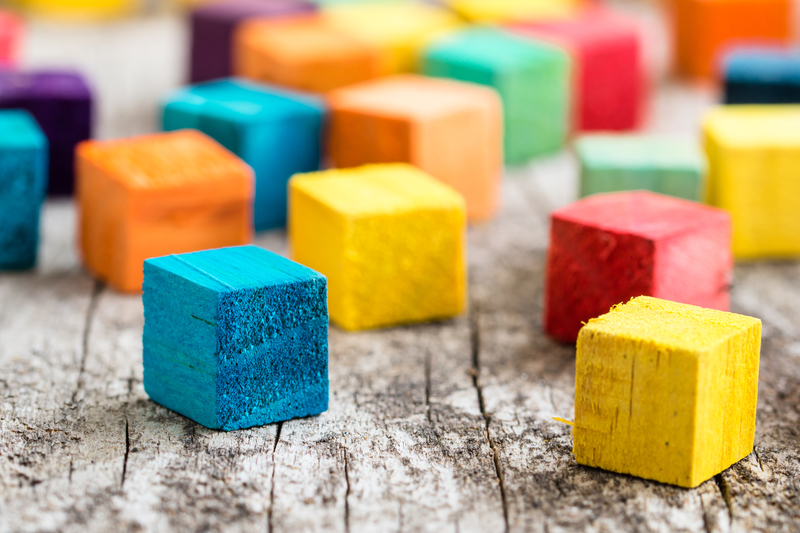The Eco-Friendly Journey of Recycled Glass
In the era of environmental consciousness, the transformation and reuse of recycled glass has emerged as a symbol of sustainability. As more businesses and consumers seek environmentally friendly alternatives, understanding the journey of recycled glass offers insight into how we can minimize waste and protect our planet.
Understanding the Importance of Glass Recycling
Glass is a versatile material, used widely in packaging, construction, and art. Yet, its natural decomposition process takes thousands of years. This highlights the urgent need for recycling to reduce landfill impact and conserve natural resources.
- Saves Energy: Recycling glass significantly reduces energy consumption compared to producing new glass from raw materials. It can save up to 30% of the energy.
- Conserves Resources: Recycled glass reduces the need for raw materials like sand, soda ash, and limestone.
- Reduces Waste: Each ton of recycled glass saves landfill space, considerably reducing the waste footprint.

The Comprehensive Process of Glass Recycling
The journey from discarded glass to new product involves several crucial steps, each vital in ensuring the highest quality of recycled material.
1. Collection and Sorting
The initial phase involves the collection of glass from various sources, including municipal curbside programs and bottle deposit returns. This process requires careful sorting by color: clear, green, and amber, as different colors have different chemical compositions and melting points.
2. Cleaning and Crushing
Post sorting, the glass is cleaned thoroughly to remove impurities like paper labels and food residues. It is then crushed into small pieces known as cullet. The cleaner the cullet, the better the quality of the recycled glass. This step ensures efficiency in the melting process.
3. Melting and Reforming
Once cleaned, the cullet is mixed with other raw materials and then melted in a furnace at temperatures reaching up to 1500?C. The high heat fuses the materials together. The molten glass can then be molded into new products such as bottles, jars, tiles, or fiberglass.
4. Quality Control and Distribution
The final step involves rigorous quality checks to ensure the recycled glass meets specific standards. Once approved, the products are distributed back into the market, continuing the cycle of sustainable consumption.
The Benefits of Using Recycled Glass
Beyond the evident environmental advantages, recycled glass offers numerous benefits in both industrial applications and daily life.
- Durability: Products made from recycled glass are strong and durable, maintaining the same quality as those made with new materials but at a lower environmental cost.
- Cost-Effectiveness: The use of recycled glass can significantly cut down costs, particularly in the manufacturing sector.
- Diverse Applications: From glass bottles to insulation materials, recycled glass finds applications in various sectors, promoting eco-friendly practices across industries.
Innovations in Glass Recycling
The recycling industry continually evolves, driven by technological advancements aimed at improving efficiency and output. Innovations such as optical sorting technology allow for more precise color separation and contamination removal. Moreover, research into alternative recycling methods, like using microwaves for melting, offers potential breakthroughs in energy efficiency.
Future Trends to Watch
- Smart Recycling Bins: These bins can automatically sort glass and offer real-time data on collection rates.
- Laser Separation Technology: High-precision lasers can detect minor impurities, ensuring purer cullet.

How You Can Contribute to Glass Recycling
While industrial efforts are crucial, individual contributions cannot be underestimated. Consumers play a vital role in the recycling supply chain.
Actions You Can Take:
- Separate Glass: Always separate glass from other recyclables at home. Be mindful of color sorting.
- Reduce and Reuse: Purchase products made from recycled materials to close the consumption loop.
- Educate and Advocate: Spread awareness about the benefits of glass recycling and encourage others to partake in sustainable practices.
The Sustainable Future of Recycled Glass
The journey of recycled glass is not just about reducing waste; it's about creating a sustainable future. Every piece of recycled glass contributes to conserving our environment, saving energy, and promoting economic sustainability. As we continue to innovate and advocate for greener practices, the role of recycled glass will undoubtedly expand, carving a path towards a more eco-friendly world.
By embracing the recycled glass ecosystem, we each have the power to support sustainable development and minimize our ecological footprint. Let's be a part of this crucial journey towards a greener planet.
For more information about glass recycling and its fascinating journey, explore resources, join local initiatives, and play an active role in contributing to our planet's health.